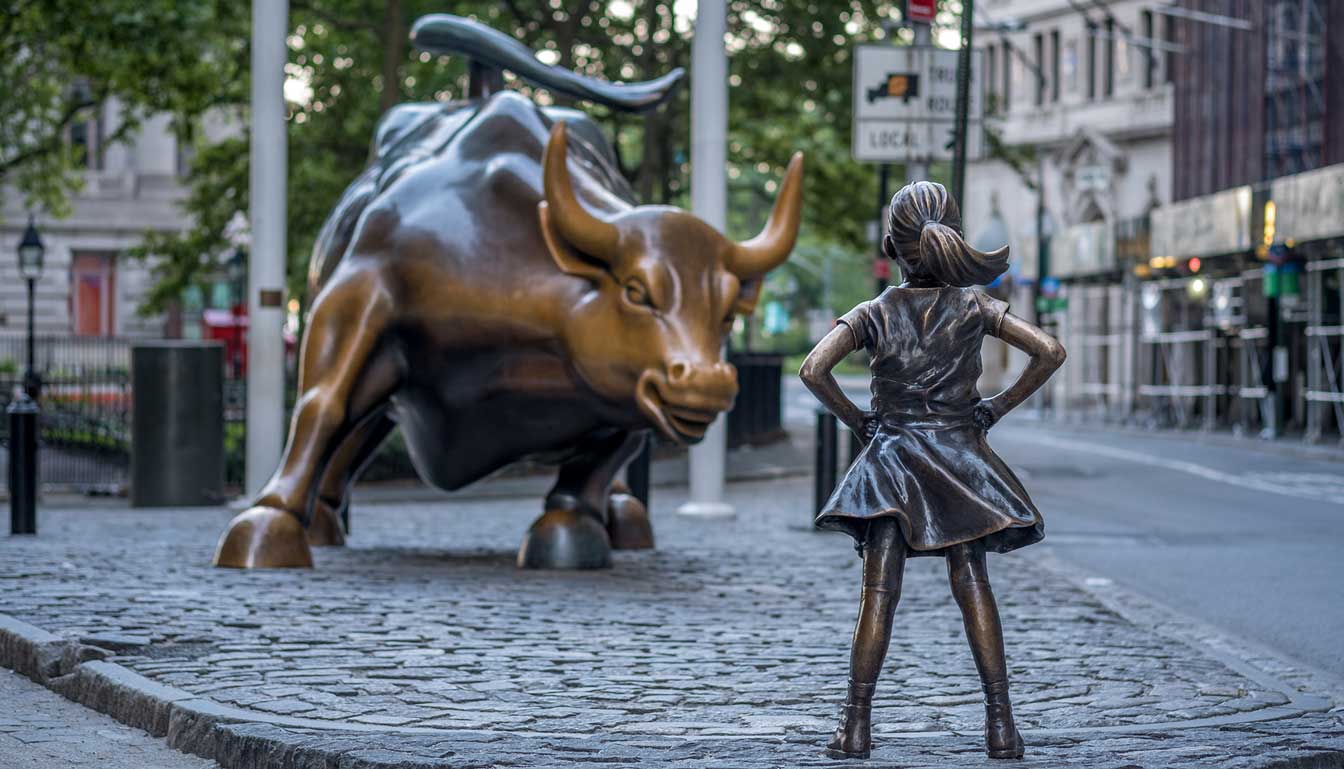Five things you need to know about dollar cost averaging

The Australian share market and US equities are trading at new record highs. In light of this confidence, people may be considering investing by timing the market. However, market timing never works according to the late Jack Bogle, founder of Vanguard, who invented the world’s first index fund. But Jack Bogle isn’t alone in this school of thought, Warren Buffett Agrees.
Research from countless organisations tells us, regularly investing which is known in the finance world as dollar cost averaging, helps build wealth but also reduce risk.
Here are the five things you need to know about the dollar cost averaging method:
1. What is dollar cost averaging?
It simply involves regularly investing the same amount of money into an investment, whether it be shares or managed funds.
2. Enforces discipline to investing in your future
It’s a discipled strategy that removes the emotion from a buying decision, by routinely investing set amounts, at specified intervals, say every month or week, regardless of the price or if market is up or down.
3. Evens out market fluctuations/volatility
Imagine if you bought into the Australian share market before the Donald Trump and Xi Jinping trade war began mid-2018. The market saw the biggest loss in 10 years in 2018, falling 7 per cent, its biggest drop since 2008. Now, consider if you had been averaging in (buying monthly) into a stock or the Aussie share market index (the S&P ASX200)…you would have bought most of your shares at a cheaper price to the now July all-time highs.
Research from countless organisations (including Boston College, Dalbar and AMP) tells us that investors who time the market, typically underperform those who use dollar cost averaging. And we can see this from the above example.
Dalbar’s research found that investors who time the market (over 20 years) with equity investments, underperformed the S&P500 by 4.7 per cent on average.
4. Compounding returns
Dollar cost averaging magnifies your returns and evens out market fluctuations, as the compound investing effect is multiplied.
If you are investing into your superannuation fund, regular contributions via salary-sacrifice contributions, can also magnify returns in your retirement nest egg.
5. How does it work?
Scenario 1 – no dollar cost averaging
If you invested $1,000 (as a lump sum) into an investment that returned an average 7 per cent per annum, after five years your investment would be worth $1,418.
Scenario 2 – dollar cost averaging with a capital stable investment
If you invested $1,000 (as a lump sum) into an investment that returned an average 7 per cent per annum, and invested $100 per month into the same vehicle, after five years your investment would be worth $8,577.
These basic examples show us that you would be $7,159 better offer if you regularly invested $100 per month.
Please click the below button to try Money Smart’s calculator on compound interest.
Scenario 3 – dollar cost averaging into stocks
Let’s say you like the power of dollar cost averaging. But, you can’t afford to put in the extra money. Instead of investing a lump sum of $1,000, you invest $83 per month into the equity market.
If the stock price was $1.00 in the first month, you would have bought 83 shares. If the market fell in the second month and its price was now $0.50, you would have purchased 166 shares/units. At the end of the day, you would have invested more shares when the price dropped, and less shares when the stock rose.
To model your own scenario, please click the below button to use AMP’s dollar cost averaging calculator.
What the greats say
And lastly, when it comes to investing, remember what Warren Buffett says, “someone is sitting in the shade today because someone planted a tree a long time ago”.
Written by Jessica Amir
11 Jul 2019

Jessica Amir
Jessica joined Finance News Network in January 2017 after having worked in financial advising for seven years and in TV journalism for seven years, specialising in finance, equities and analysis. She has interviewed former Prime Ministers of Australia, Tony Abbott, Julia Gillard and Kevin Rudd and ex Treasurer Jo Hockey. Jessica has worked as a journalist with Sky News Business, ABC 1, ABC’s The Business, ABC24 and has also been a regional Channel 7 and 9 TV reporter with Prime7 and Win News.

